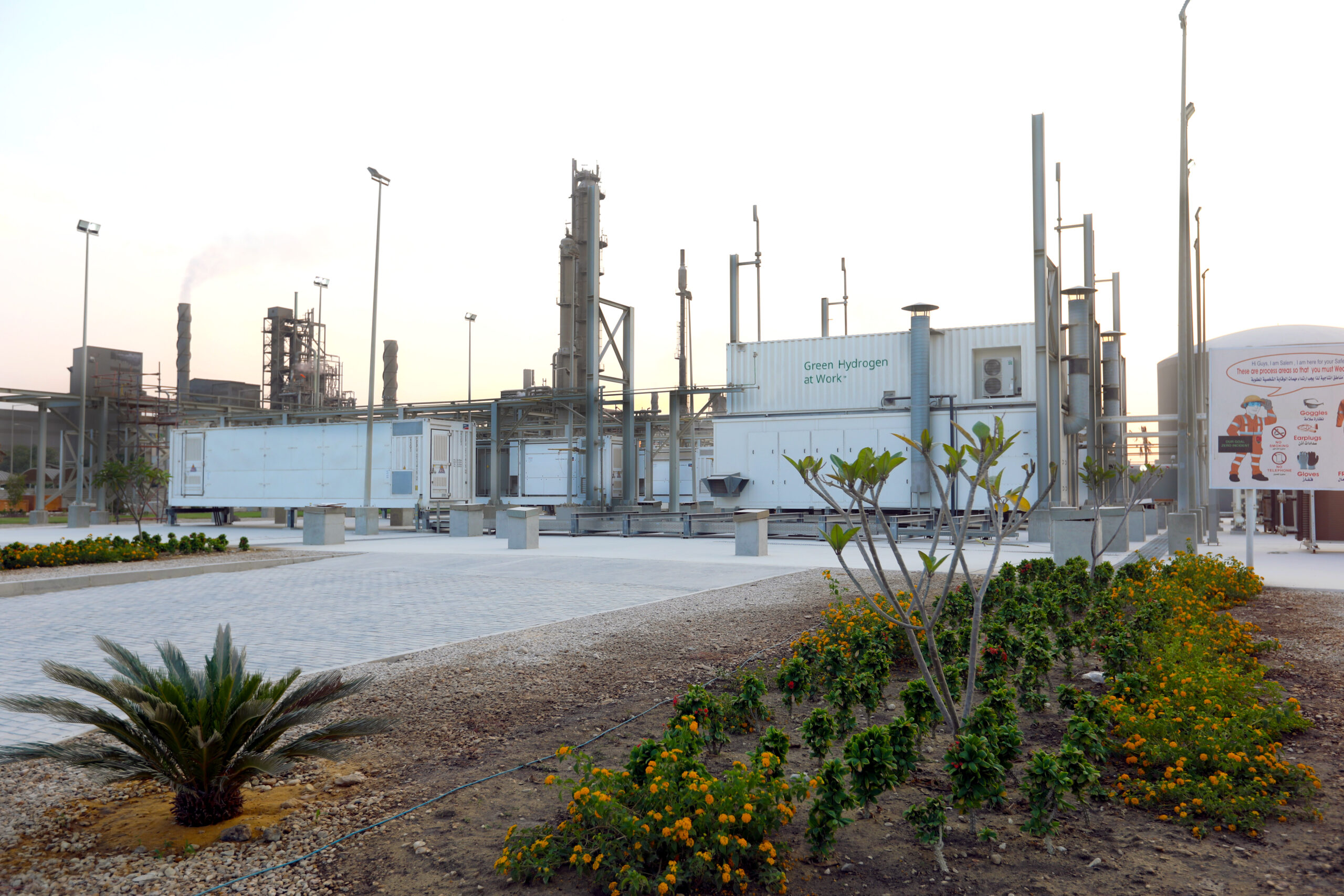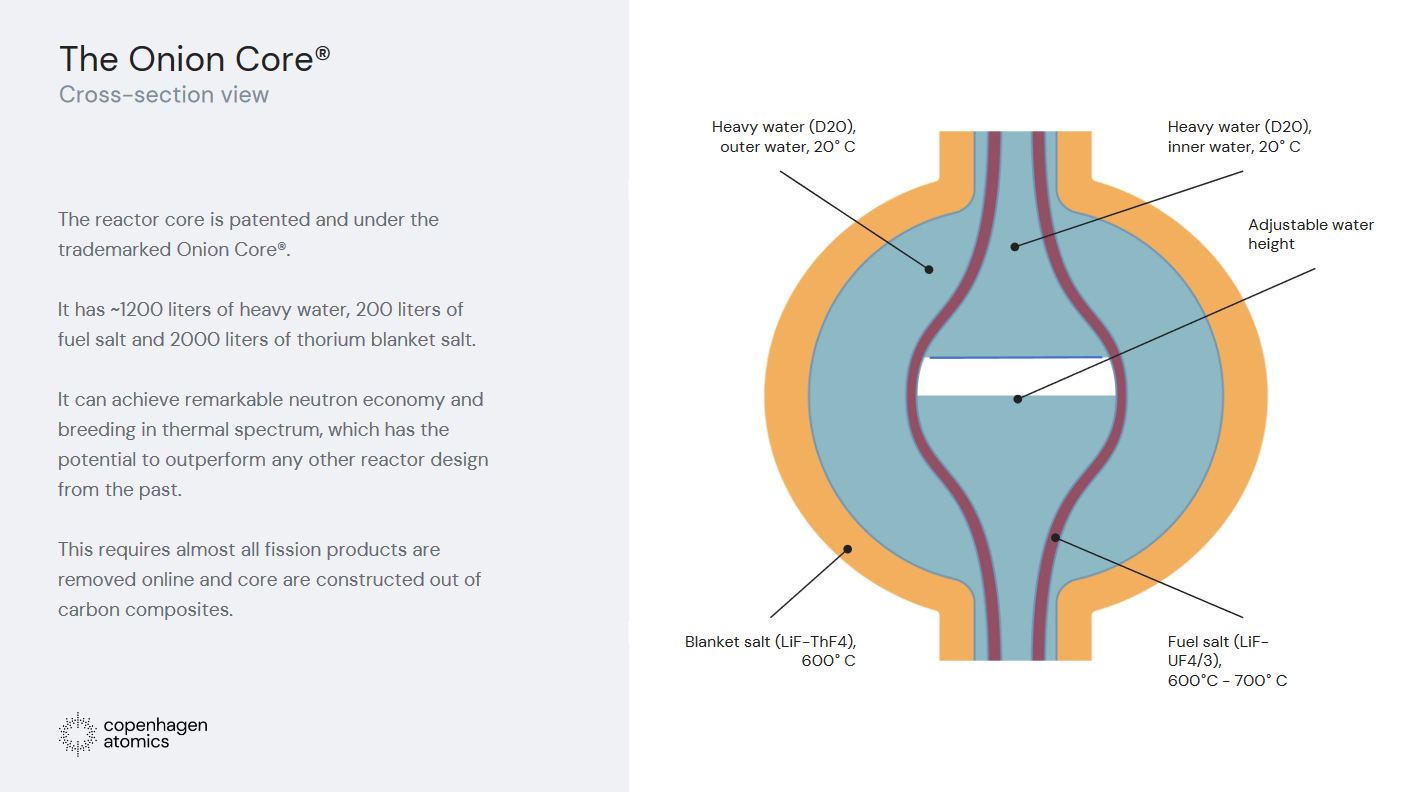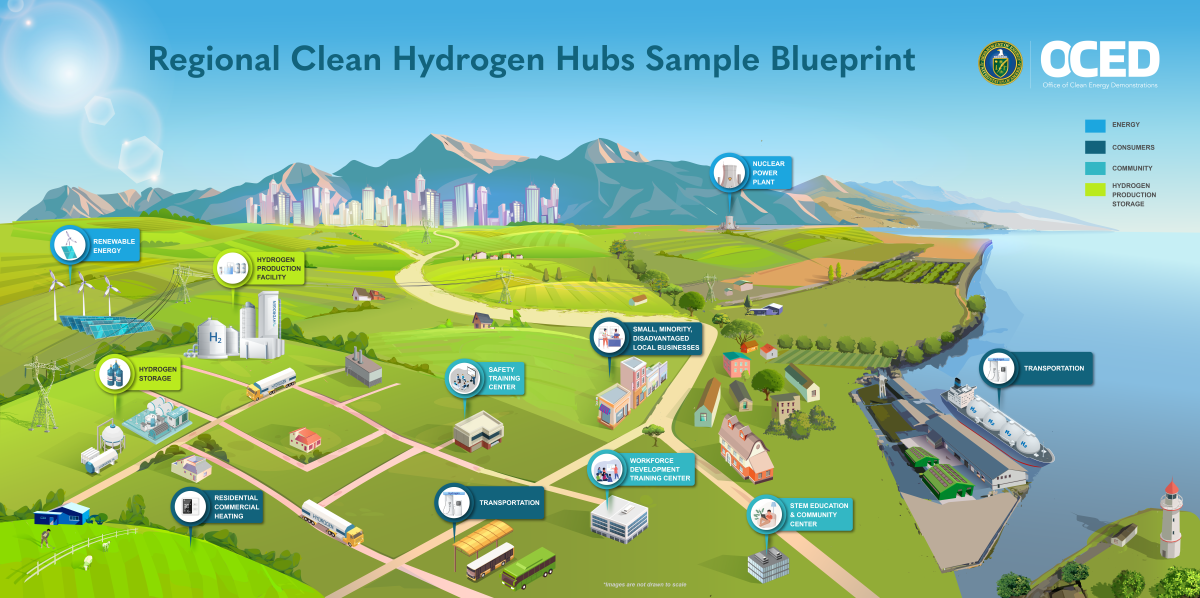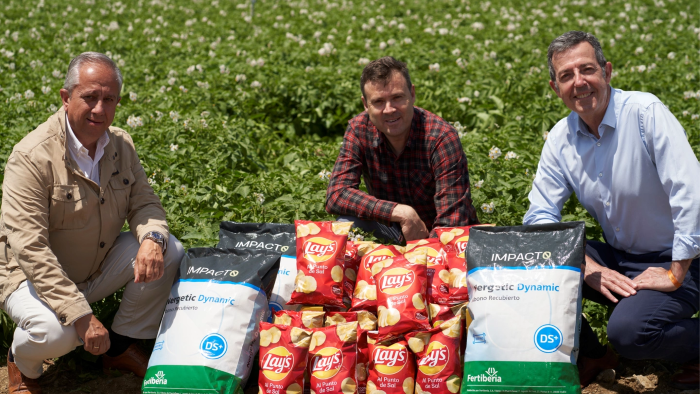Wabash Valley Resources granted Class VI license for CCS ammonia production
Last month, two Class VI permits were officially issued by the US EPA, allowing WVR to construct two wells for injection and storage of CO2 underground. CCS hydrogen will feed a 500,000 tons per year ammonia plant - a significant percentage of the fertiliser currently used within the USA’s Eastern Corn Belt.








